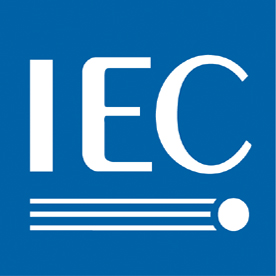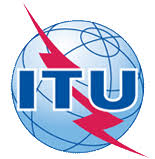The OASIS MQTT TC is producing a standard for the Message Queuing Telemetry Transport Protocol compatible with MQTT V3.1, together with requirements for enhancements, documented usage examples, best practices, and guidance for use of MQTT topics with commonly available registry and discovery mechanisms. The standard supports bi-directional messaging to uniformly handle both signals and commands, deterministic message delivery, basic QoS levels, always/sometimes-connected scenarios, loose coupling, and scalability to support large numbers of devices. Candidates for enhancements include message priority and expiry, message payload typing, request/reply, and subscription expiry.
As an M2M/Internet of Things (IoT) connectivity protocol, MQTT is designed to support messaging transport from remote locations/devices involving small code footprints (e.g., 8-bit, 256KB ram controllers), low power, low bandwidth, high-cost connections, high latency, variable availability, and negotiated delivery guarantees. For example, MQTT is being used in sensors communicating to a broker via satellite links, SCADA, over occasional dial-up connections with healthcare providers (medical devices), and in a range of home automation and small device scenarios. MQTT is also ideal for mobile applications because of its small size, minimized data packets, and efficient distribution of information to one or many receivers (subscribers).
For more information on the MQTT TC, see the TC Charter.
https://www.oasis-open.org/committees/tc_home.php?wg_abbrev=mqtt



